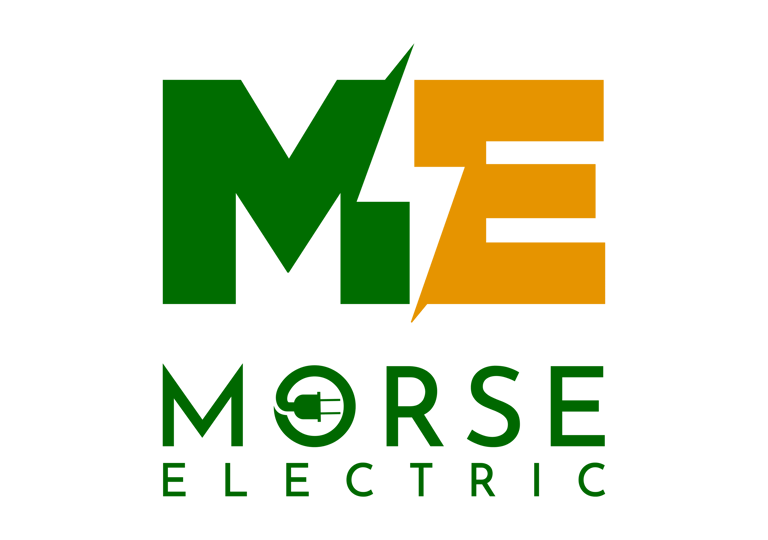Old Meters and Panels: When to Replace Them
Upgrading outdated systems is crucial for meeting modern electrical demands and ensuring compliance with current safety standards. Not only does this enhance the overall safety of a home, but it also provides peace of mind for homeowners, knowing their electrical systems are reliable and efficient.
Daniel
6/3/20255 min read


Understanding the Evolution of Home Electrical Systems
Over the past few decades, home electrical systems have undergone significant changes, evolving to meet the growing demands of modern technology and safety standards. In older homes, particularly those constructed over 40 years ago, the electrical infrastructure may not adequately support the increased power requirements associated with contemporary appliances and gadgets. This evolution has highlighted the necessity for homeowners to stay informed about the capabilities and limitations of their electrical systems.
In earlier decades, electrical systems were designed with limited capacity, often ranging from 60 to 100 amps. Today, the average home requires 200 amps or more, especially with the proliferation of energy-intensive devices such as computers, refrigerators, and electric vehicles. Modern electrical requirements are now shaped by advances in technology, demanding not only more amperage but also a greater number of circuits to facilitate proper load distribution and prevent potential overloading.
Technological advancements have also led to improvements in safety features, such as ground fault circuit interrupters (GFCIs) and arc fault circuit interrupters (AFCIs), which are designed to minimize the risk of electrical fires and shocks. Older systems, lacking these innovations, may pose hazards that could jeopardize both property and personal safety. Homeowners in older properties should be vigilant for signs of electrical issues, such as flickering lights, frequent tripped breakers, or warm outlets. These symptoms may indicate that the existing electrical system is unable to cope with current demands or has deteriorated due to age.
In conclusion, it is crucial for homeowners, especially those residing in properties older than 40 years, to assess whether their electrical systems meet modern safety standards and requirements. The integration of contemporary safety features and an upgrade in capacity can significantly mitigate risks and enhance overall functionality in the home.
Pushmatic Style Breakers: Pros and Cons
Pushmatic style breakers, a once-popular choice for residential electrical systems, are known for their distinctive appearance and functionality. These circuit breakers, introduced in the mid-20th century, operate on a push-button mechanism that makes them relatively simple to use. Once pushed, they engage the circuit, providing effective protection against overloads and short circuits. Their ease of operation is one of the reasons homeowners gravitated towards Pushmatic breakers, marking a notable period in electrical installation practices.
One of the primary advantages of Pushmatic breakers is their reliability. They have a reputation for maintaining functionality over decades, which is a testament to their initial manufacturing quality. Homeowners may appreciate their straightforward design, making it relatively easy to identify whether a breaker is on or off. Additionally, the reset process is uncomplicated, potentially decreasing the time spent in troubleshooting electrical issues. Another positive aspect is the reduced likelihood of nuisance tripping, as they are less prone to false resets compared to other types of breakers.
However, despite their historical strengths, Pushmatic breakers have notable drawbacks that may prompt considerations for replacement. Over time, the components within these breakers can age, leading to potential performance issues. One particularly concerning aspect is the risk of failure associated with the reset function; as these breakers age, the push-button mechanism may not operate as intended, creating a safety hazard. Furthermore, parts for Pushmatic breakers can be increasingly difficult to find, raising concerns about long-term reliability and maintenance as electrical codes evolve. Homeowners should weigh these factors carefully when evaluating the suitability of Pushmatic breakers within their systems.
Federal Pacific Breakers: Risks and Considerations
Federal Pacific Electric Company (FPE) manufactured electrical panels and circuit breakers widely used in the United States from the 1950s to the 1980s. However, over the years, numerous studies have pointed to significant safety concerns surrounding these products. The primary issues involve failure rates that exceed those of breakers produced by other manufacturers. In cases of electrical overload, Federal Pacific breakers have demonstrated a tendency to fail to trip, continuing to allow electrical flow despite dangerous conditions, which increases the risk of fire hazards.
Research conducted by various electrical safety organizations, including the Consumer Product Safety Commission (CPSC), has indicated that Federal Pacific circuit breakers have been linked to a higher incidence of electrical fires and failures than competing products. The reliability of these breakers has come under significant scrutiny, leading to recommendations for replacement in homes that still utilize this electrical equipment. It has been reported that the design flaws are often due to the inadequate thermal and mechanical performance of these breakers, making them a considerable risk in modern electrical systems.
Homeowners are advised to assess their electrical systems, particularly if their home was built during the era of Federal Pacific's prevalence. Signs such as flickering lights, tripping circuit breakers, and unexplained electrical incidents may indicate underlying issues. Given the potential for catastrophic outcomes, it is prudent to replace Federal Pacific breakers with more reliable models. Additionally, consulting with a licensed electrician can provide valuable insights tailored to individual home circumstances, ensuring that safety and compliance with up-to-date electrical codes are prioritized. Ultimately, proactive measures to replace outdated equipment can significantly enhance the safety of any household.
Signs It’s Time for an Upgrade
Homeowners should remain vigilant regarding the health of their electrical systems, especially concerning old meters and panels. Several signs indicate that an upgrade may be necessary to ensure safety and efficiency. One of the most common indicators is the frequent tripping of circuit breakers. If breakers are tripping often, it may suggest that the electrical system is overburdened, potentially leading to overheating and fire hazards.
Another telltale sign is flickering lights. While occasional flickering can be normal, persistent issues might indicate problems with the circuit or poor connections within the panel. Homeowners should take these fluctuations seriously, as they can signify inadequate power delivery that could affect appliances or result in electrical surges.
Outlets that heat up during use represent another critical warning sign. Receptacles should not become excessively warm; if they do, it suggests that too much current is being drawn, which can lead to damaging or even catastrophic failures such as electrical fires. Homeowners noticing this issue should refrain from using those outlets and seek professional evaluation immediately.
Lastly, it is essential to prioritize regular professional electrical inspections. Certified electricians can assess the condition of old meters and panels, identifying potential issues that may not be evident to the untrained eye. Upgrading outdated systems is crucial for meeting modern electrical demands and ensuring compliance with current safety standards. Not only does this enhance the overall safety of a home, but it also provides peace of mind for homeowners, knowing their electrical systems are reliable and efficient.




